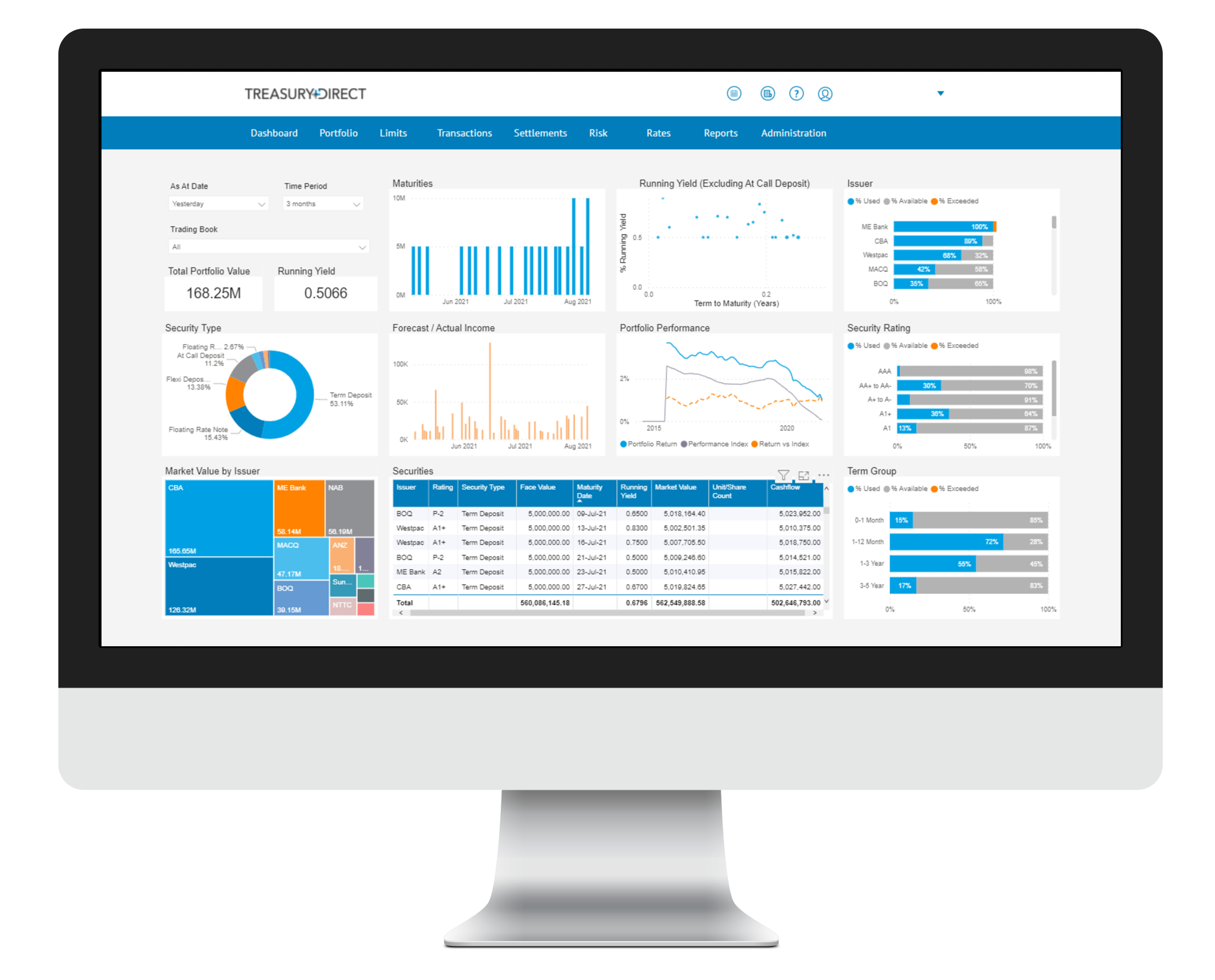Markets Overview
- ASX SPI 200 futures down 0.2% to 8,695.00
- Dow Average down 0.4% to 44,461.28
- Aussie down 1.2% to 0.6433 per US$
- US 10-year yield rose 5.1bps to 4.3700%
- Australia 3-year bond yield fell 6.8 bps to 3.39%
- Australia 10-year bond yield fell 7.2 bps to 4.26%
- Gold spot down 1.5% to $3,275.29
- Brent futures up 1.3% to $73.47/bbl
Economic Events
- 09:20: (AU) RBA’s Hauser-Fireside Chat
- 10:30: (AU) Australia to Sell A$1 Billion 70-Day Bills
- 10:30: (AU) Australia to Sell A$1 Billion 133-Day Bills
- 11:30: (AU) June Building Approvals MoM, est. 1.8%, prior 3.2%
- 11:30: (AU) June Retail Sales MoM, est. 0.4%, prior 0.2%
- 11:30: (AU) June Private Sector Credit MoM, est. 0.5%, prior 0.5%
- 11:30: (AU) June Private Sector Credit YoY, prior 6.9%
- 11:30: (AU) 2Q Retail Sales Ex Inflation QoQ, est. 0.1%, prior 0%
- 11:30: (AU) 2Q Import Price Index QoQ, est. -0.4%, prior 3.3%
- 11:30: (AU) 2Q Export Price Index QoQ, est. -3.0%, prior 2.1%
- 11:30: (AU) June Private Sector Houses MoM, prior 0.5%
US equity futures rose on robust tech earnings after a flat session on Wall Street. The Federal Reserve held interest rates, weakening Treasuries and leaving Asian equity futures mixed.
Microsoft Corp reported better-than-expected growth in its cloud business, while Meta Platforms Inc topped sales forecasts, sending shares in the two tech giants and US equity futures higher.
Contracts for Australia and Hong Kong declined while those for Japan edged higher, finding support from a weaker yen Wednesday as the dollar strengthened 0.8%. The S&P 500 fell 0.1% and Treasury 10-year yields rose around five basis points. While the concerted pullback in stocks and bonds looked mild, it marked the worst Fed day since December.
Fed Chair Jerome Powell said no decision had been made about easing policy in September. The US labor market “looks solid,” he said, while inflation remains above target.
The muted equity market response to the Fed hold was a sign investors have tempered expectations for imminent cuts. Instead, they’re leaning on resilient growth, an AI-fueled earnings boom, and the belief that tariffs will only trigger manageable goods inflation while leaving services inflation contained.
“To get that rate cut, the Fed will need to gain confidence that either inflation increases will be one-off and muted, or that inflation will continue to trend lower in the months and quarters ahead,” said Bret Kenwell at eToro.
Copper sank as President Donald Trump exempted the most widely imported form of the metal from his planned tariffs. The president also said he would impose a 25% tariff on India’s exports to the US starting Friday and threatened an additional penalty over the country’s energy purchases from Russia.
Trump also said he had reached a trade deal with South Korea that would impose a 15% tariff on its exports to the US and see Seoul agree to $350 billion in US investments.
Elsewhere in Asia, investors will be focused on a Bank of Japan rate decision, manufacturing data from China and gross domestic product for Taiwan and Hong Kong.
The Federal Open Market Committee voted 9-2 on Wednesday to hold the benchmark federal funds rate in a range of 4.25%-4.5%, as they have at each of their meetings this year. Governors Christopher Waller and Michelle Bowman voted against the decision in favor of a quarter-point cut.
Money markets pared bets on rate reductions this year and traders now see a less than 50% chance of a cut in September. The odds for a reduction in October dropped to around 85%, whereas it was fully priced-in before Powell began to speak.
“The next two months’ data will be pivotal and we see a path to a resumption of the Fed’s easing cycle in the autumn should tariff inflation prove more modest than expected or the labor market show signs of weakness,” said Ashish Shah at Goldman Sachs Asset Management.
US companies stepped up hiring in July, though the pace remained consistent with weaker labor demand. Private-sector payrolls increased by 104,000, according to ADP Research data. The median economist estimate called for a 76,000 gain.
The July employment report due Friday from the Bureau of Labor Statistics, which includes government positions, is expected to show job growth moderated and unemployment rose.
Inflation-adjusted gross domestic product increased an annualized 3% in the second quarter, according to preliminary government data out Wednesday. As solid as the pace was, economic growth averaged 1.25% in the first half, a percentage point cooler than the pace for 2024.

